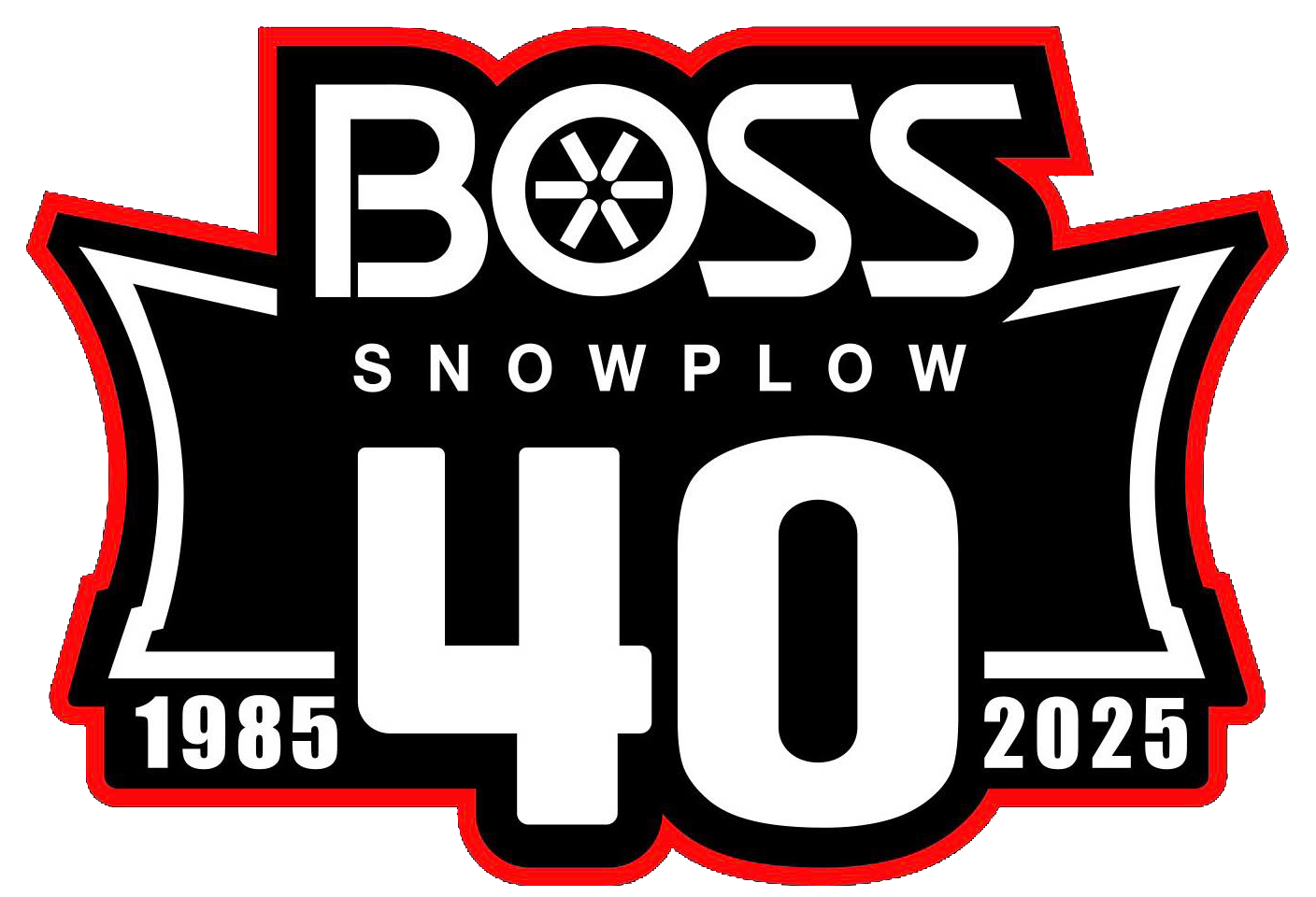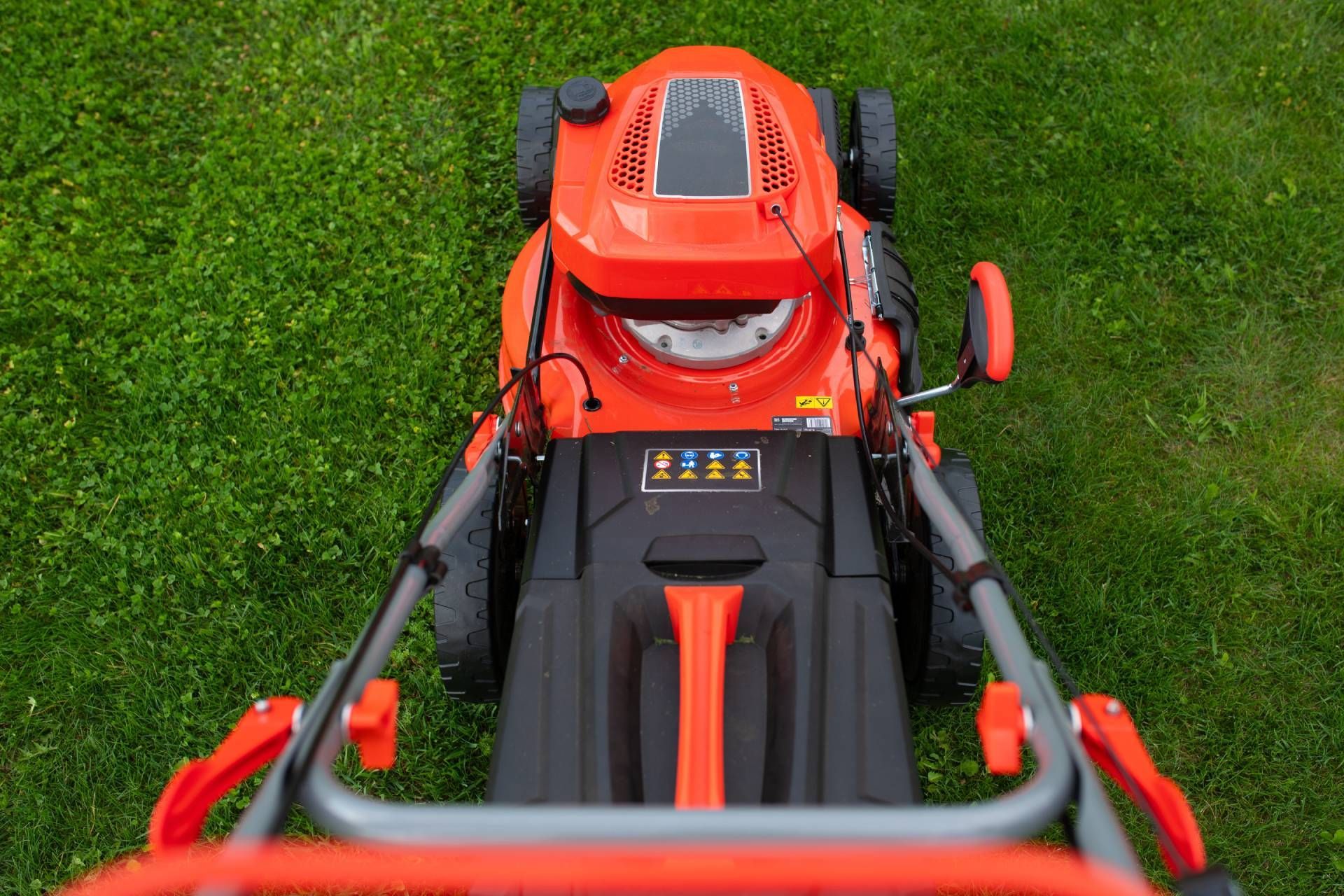Lawn Care Equipment Rental in Newport, MN
Essential Turf Health Tools
Core Aerators
Core aeration opens compacted soil so roots receive water and nutrients more evenly. Choose walk-behind aerators for small lots or larger drum styles for bigger yards. For best results in Newport, MN, plan aeration when soil is lightly moist—damp enough to pull clean plugs without smearing the holes.
Dethatchers / Power Rakes
A power rake lifts thatch so new growth can spread. Set depth to skim the thatch layer rather than gouge the soil, then collect debris before overseeding. If the lawn is thin, schedule dethatching a few days before your seeding window to keep the surface clean and receptive.
Overseeders
An overseeder spreads seed evenly across your existing turf, helping thicken thin areas and improve lawn density. For best results, adjust the seeding rate to match your grass type and lawn conditions. After overseeding, water lightly and consistently; avoid heavy traffic until germination is established.
Lawn Rollers (Light Duty)
A light roller helps firm seed-to-soil contact after seeding and smooths minor frost heave. Use only on prepared soil or immediately after overseeding—rolling saturated turf can create compaction that works against root growth.
Edging, Trimming & Seasonal Cleanup
String Trimmers & Brushcutters
Line trimmers handle routine edging; brushcutter heads manage tougher growth along fences and ditches. Work at a shallow angle to avoid scalping, and advance line gradually so cuts remain even around trees and landscape borders.
Lawn Edgers
A dedicated edger defines crisp lines along sidewalks and driveways. Use shallow passes to establish the edge, then deepen as needed so the curb line remains clean without undercutting turf.
Hedge Trimmers & Pruners
Electric or gas trimmers shape hedges with minimal tear on leaves. For thicker wood, add bypass loppers or a small pruning saw. Keep cuts above the collar and avoid pruning during extreme heat to minimize stress.
Blowers & Lawn Vacs
Backpack and handheld blowers move leaves from turf to collection zones. For heavy fall cleanup, a lawn vacuum reduces bagging time. Confirm local ordinances on blower hours and keep air streams away from fresh mulch to avoid scattering.
Mowing & Rough-Cut Solutions
Walk-Behind & Wide-Area Mowers
Self-propelled walk-behinds fit most residential lots; wide-area units cover open sections more efficiently. Adjust blade height with the season—higher in mid-summer to shade roots, lower in early fall to prep for seeding. Replace or sharpen blades before tackling stressed grass to avoid frayed tips.
Specialty & Tricky Areas
Trim mowers and compact decks work under low branches or along terraced beds. For slopes, keep wheels on solid footing and cut across the grade rather than up and down. Where turf transitions to wild growth, switch to a brushcutter or rough-cut deck to protect fine mower blades.
Brush Mowers (Field & Trail)
Rough-cut mowers handle overgrown sections, thistles, and light saplings. Walk the area first to remove wire, rocks, or hidden debris. Set a conservative deck height for the first pass, then lower if a second pass is needed for a cleaner finish.
How to Reserve, Prep & Return
Request a Quote
Share your project type, square footage, turf condition, and timing. Include details like irrigation schedules, recent treatments, and whether pets will be present so we can recommend blade settings, pass counts, and collection options.
Scheduling Around Weather & Watering
Aeration and seeding respond best when the soil is moist but not saturated. Water lightly the evening prior; postpone if standing water forms. Dethatching is easiest when the lawn is dry enough for debris to lift without matting.
Setup, Use & Aftercare
Set mower blades sharp and level, overlap passes by a few inches, and change directions between cuts to reduce ruts. After aeration and overseeding, water daily with short cycles to keep the top layer damp. Following dethatching, collect debris fully before seeding to avoid uneven germination.
Cleaning, Fuel & Returns
Empty bags, wipe down decks, and remove string from trimmer heads before return. Gas units are sent with clear fuel guidance; two-cycle tools note the mix ratio on the tag. Report damaged blades or belts at drop-off so the next setup can be tuned without delay.
Contact Us Today!
South Suburban Rental supplies Newport, MN with practical lawn care tools sized for real yards and seasonal conditions. Whether you’re opening compacted soil, resetting grade for sod, or knocking down fall cleanup, the right equipment—and a plan for site access, moisture, and pass counts—keeps the work smooth from pickup to return.


